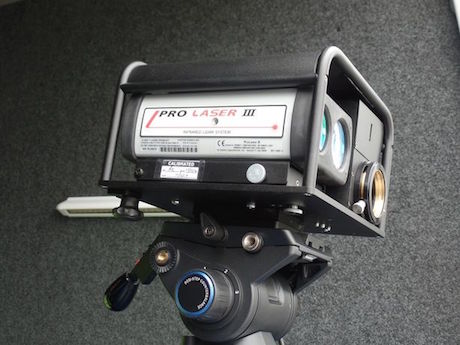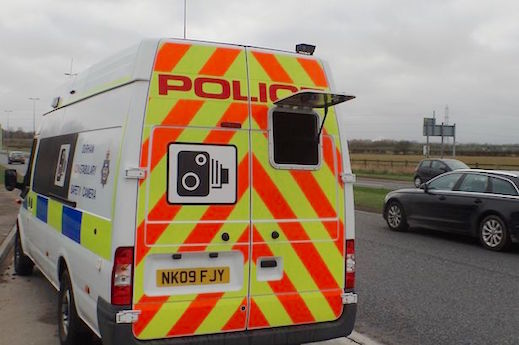Here’s a mobile speed camera unit we would actually like to see, mainly because it is very easy to see as the UK vans are brightly coloured and not covert.
In Australia, fixed speed cameras are well signposted. Anyone caught speeding by fixed speed cameras is simply not paying enough attention and probably shouldn’t be on the road.
However, many of our mobile speed camera units are concealed and in Queensland last year, the rule about placing a warning sign by the unit was dropped. Mind you, police cynically placed the signs after the unit, rather than before them as an appropriate warning to motorists to slow down.
Covert speed cameras only collect revenue. They do not slow the traffic at a dangerous black spot.
Australian Motoring Enthusiast Party candidate, motorcycle crash widow and passionate rider Judith Kuerschner says these covert speed cameras are ineffective at preventing crashes after a vehicle has sped past.
“It’s like smacking a dog on the nose for pooping on your lawn two weeks after the fact,” she aptly argues.

Not only are these British speed camera units easy to see and act as a warning, but drivers caught for low-speed infringements are invited to go on a speed awareness course instead of copping a fine.
We need this sort of dispensation in Australia. Too many motorists who accidentally stray over the speed limit while they are watching the traffic instead of their speedo are being punished by our near-zero tolerance for speed.
The more you ride and drive in Australia, the more chance you have of copping one of these low-level speeding fines. Recreational riders who do a lot of kilometres are probably overly represented in speed fine statistics simply because they are on the road a lot.
Worse still, professional riders and drivers – motorcycle couriers, truckies, taxi drivers, etc – could even lose their licences and livelihoods simply because their time on the road means they are more likely to cop speeding fines from covert speed cameras.

The British-made Truvelo speed cameras are also able to detect drivers texting which riders would no doubt welcome as distracted drivers are a major danger to vulnerable road users such as motorcyclists, cyclists and pedestrians.
The clever cameras can also detect motorists not wearing seatbelts.
Similar detection technology is also in use in several states of Australia.


